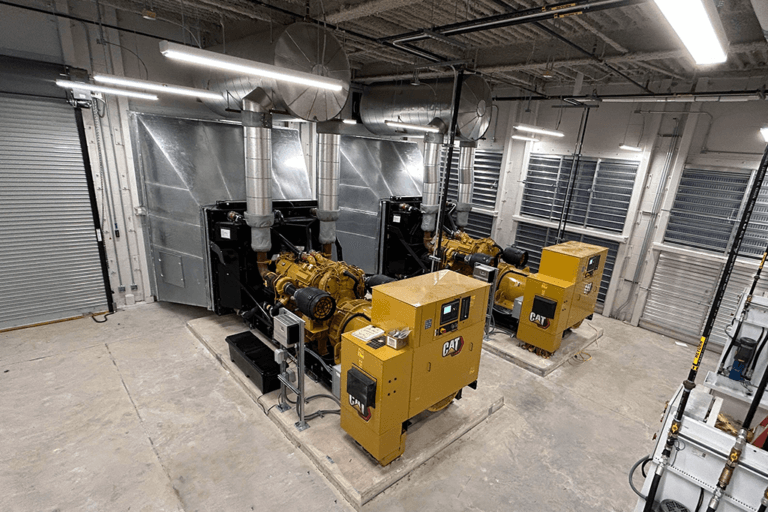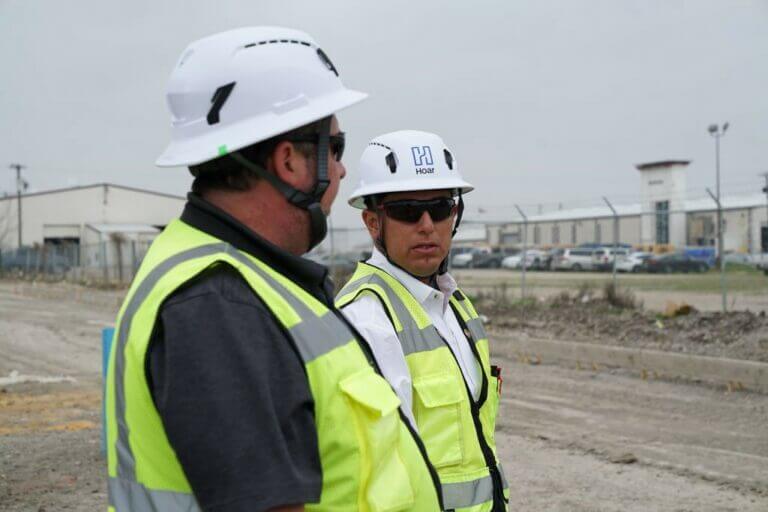
It’s been one year since the COVID-19 pandemic hit the United States, and while we’ve written about the many significant impacts it made on the healthcare industry, the construction industry, and our everyday lives, many want to know what 2021 and the next few years hold for healthcare? Some of the trends will be, of course, brought about or at least shaped by the pandemic. Many however were already on course and the trajectory hasn’t changed. Four trends I think we will see grow over the next year in healthcare:
1. Telemedicine Boom
COVID drove an overnight shift towards telemedicine that hospital systems have been trying to push for years. Over the last decade, hospitals invested in telemedicine technology, but it hadn’t yet been fully embraced. The need for social distancing and health safety caused the initial shift, and I think now patients are seeing the convenience and efficiency the technology can provide. It will be interesting to see if the trend holds. I am hearing that telemedicine will push the market to fewer but larger physician clinics that will likely have a “call center” area as geographical location and in-the-flesh physician interaction will be in lower demand. There are some specialties that will still require physical interaction (think ortho). The younger generations are certainly more comfortable with technology, and the benefits technology offer go beyond just the patient. Physicians can be more productive and spend less time with administrative tasks if, and only if, the right systems and workflows are implemented.
2. Healthcare is Local
Healthcare is a local business, despite having many national brands. Small-town America is growing. People are commuting less and working more from home or the local coffee shop. The bedroom communities of the major metro areas continue to see population growth and thus a demand for services. Many of the metro areas (DC, Dallas, Atlanta, Nashville for example) are seeing steady growth and creating a version of “small town America” in an urban setting. People want to live where their lives are. Healthcare is at the center of our lives and I believe we will see more and more health systems beginning to look beyond traditional services to partner with, and invest in, retail, entertainment, fitness and senior living projects. Health systems want to cater to the patient throughout every stage of their lives, especially as we move (crawl in some areas) more to population health.
3. Mergers and Acquisitions
Hospital consolidations have been on the rise for years. In many cases the consolidations have been financially driven. Scale or die. A secondary (although sometimes it was the primary driver) benefit of consolidation is more integrated care delivery. The pandemic slowed M&A in the hospital world as many systems that were struggling financially were able to remain in-tact with the CARES stimulus infusion. As that stimulus works its way through the systems, we will see M&A activity resume health systems will continue to focus on recruiting new physicians, buying physician groups and partnering strategically with community businesses to further their missions. Ambulatory clinics will be a much talked about “build or acquire” strategy as sites-of-care shifting will cause patient leakage from the system. Health systems need to be where their patients are.
4. Flexibility in Design
We’ve been talking about flexibility in design for several years. Over the past year hospitals have had to quickly adapt non-traditional spaces into ICU patient rooms and/or renovate medical offices into patient waiting and triage areas. New construction projects have for certain made adaptations mid-project. Most all sites of care are now re-thinking workflow and management of spaces. How do we make a bed tower flexible to accommodate the unknown? How quickly and efficiently are we able to convert higher and lower acuity rooms to meet the demand at the moment? How will it affect staffing? How will the staffing needs affect the design needs? How do we do it so that it is affordable, and we are using the space to its highest and best use in “normal times”, whatever that now means. Not one of us alone has all these answers, but open collaboration, early and often in your project, will give everyone the best chance to get it right. You can read more about the many different ways a skilled contractor and design team can make your healthcare project adaptable to any situation in this article.
Healthcare will continue to grow at an accelerated pace. Innovation begets more and faster innovation. We must continue to look for ways to deliver healthcare more safely and more efficiently and more simply for the patient. One way we can do that is by building sites of care that meet the needs of today and tomorrow so that our hospitals can continue to provide healthcare to people in communities across the country at the highest level of skill and service. When choosing a partner for your healthcare construction project, make sure they understand all the components of delivering a well-planned design.

